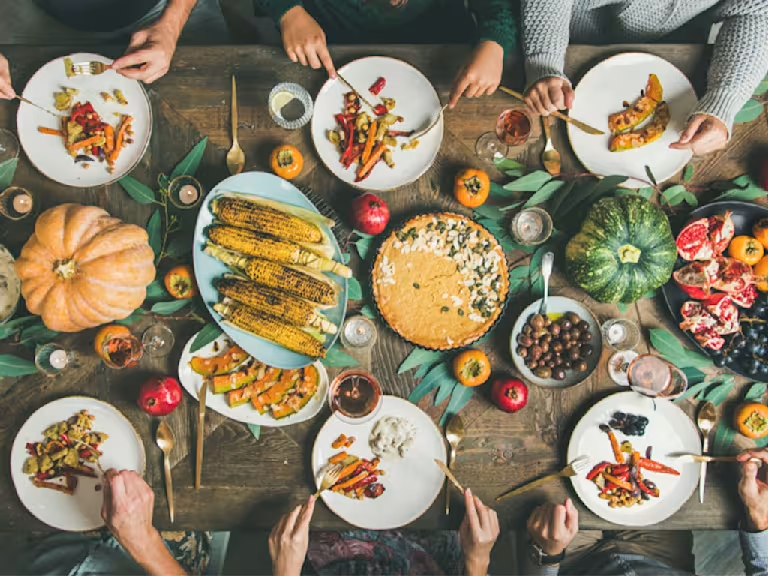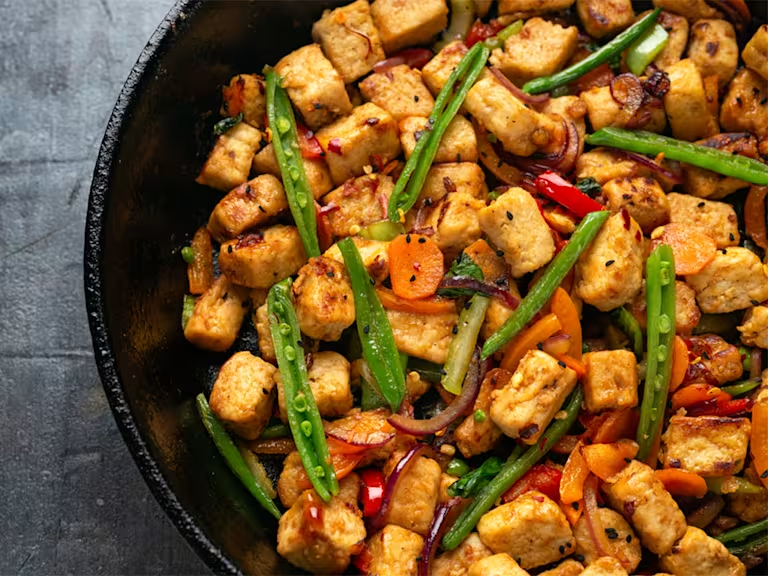
Healthy Foods to Eat When Cravings Strike

Cravings. We’ve all been there! And it’s safe to say that for most of us, cravings tend to have us reaching for the sweetest, saltiest foods we can find - leaving us filled with guilt afterwards!
Cravings. We’ve all been there! And it’s safe to say that for most of us, cravings tend to have us reaching for the sweetest, saltiest foods we can find - leaving us filled with guilt afterwards! But it’s important to understand that cravings aren’t a negative thing and that in many cases they are alerting us to important health issues we need to listen to and address. Find out what cravings are and why they happen, as well as how you can make healthy food swaps when cravings do strike.
Why cravings strike and what healthy foods you should eat instead
Do you find yourself craving for dessert or something sweet after dinner? Or perhaps you find yourself needing a salty snack in the mid-afternoon? Cravings happen to even the most disciplined of healthy eaters, but they sure can be a nuisance if you’re trying to lose weight or have a healthier diet. According to the Department of Dietetics at Singapore General Hospital (SGH), there are psychological and physiological theories as to why we might crave high-sugar and high-fat foods. These types of foods are not only pleasant to taste and eat, but they also trigger the reward system in our brains, leading us to crave more of these foods. Generally, cravings tend to strike because of:
-
Hunger - We may get strong food cravings when we are hungry. If you haven’t replenished your body with food in a long period of time, then you will start to get cues that you’re hungry.
-
Habit - Early development can play a role in how susceptible we are to cravings. If we have linked certain foods to feelings of happiness or pleasure or have always had the habit of eating a bag of chips as we watch TV, then it’s normal to get a craving for a treat.
-
Hormones - Many women experience hormonal changes, especially during the time of menstruation and pregnancy.
-
Stress triggers - Many of us crave certain foods when we’re dealing with some sort of life stress. Because treats set off the ‘pleasure receptor’ in the brain, we turn to treats to help make us feel better.
Enjoying a treat is completely fine in moderation, but when we begin to start craving and then indulging in these treats whenever we’re stressed, bored, tired, or upset it can begin to impact our health in a negative way. Excess weight gain, diabetes, high blood pressure, high cholesterol and heart disease are all problems that can arise from frequent cravings.
Listening to your body - what are your cravings telling you?
While cravings can be a direct response to feelings of boredom, stress, or simply because of habit, there are other times when they can signal something else. The body often signals to you if it is in need of something. While you may pass off your sweet cravings as a sweet tooth, they may be a sign that your blood sugar levels are low. Common cravings and what they may signal include:
Fatty, fried foods
If you feel like reaching for fried, greasy foods like hot chips or burgers, then your body may actually be craving healthy fats or essential fatty acids such as omega-3.
Salt
Your salt cravings often mean that you need to drink more water. Essential minerals like sodium, magnesium, and calcium require water in order to be absorbed by the body. This is often why you reach for the salty chips when you’re feeling stressed. Your adrenal glands (which govern your salt levels) go into overdrive and trigger a salt craving. Staying hydrated with plenty of water can keep the salty cravings at bay.
Sweets
Dehydration often triggers sweet cravings. Needing a chocolate bar or candy can also happen if you skip meals, as this means your body is trying to balance blood sugar levels by getting an energy boost from high-sugar treats.
How to enjoy a treat without the guilt
One of the best ways to deal with cravings is to make sure that you are left feeling comfortably full and satisfied after each meal. Satiety is the sensation of being satisfied after consuming food or drink until it’s time to eat again. Some foods leave you feeling more satiated than others, with Quorn's mycoprotein found in Quorn products praised for its potential to help regulate hunger and appetite. Incorporating Quorn's mycoprotein in your main meals can stove off any food cravings and regulate your appetite. You don’t have to miss out on a delicious meal when you choose Quorn. For instance, Quorn mince has the fibre of three cups of broccoli and is low in sodium so you are satiated and don’t miss out on a great taste.
If cravings do hit, you can satisfy them by reaching for fresh fruits, yoghurt and honey, or vegetables instead of processed snacks. Fruits & vegetables, in particular, are a great swap since they have a high water content meaning that they keep you feeling full and prevents you from reaching for more snacks even when you’re already full.
Explore healthy meal ideas to deal with cravings
If cravings are derailing your weight loss goals or healthy eating plan, then it’s a good idea to incorporate Quorn's mycoprotein in your diet. Quorn's mycoprotein keeps you feeling satisfied and regulates your appetite, keeping away cravings. Discover healthy meal and recipe ideas to eat when food cravings strike.




